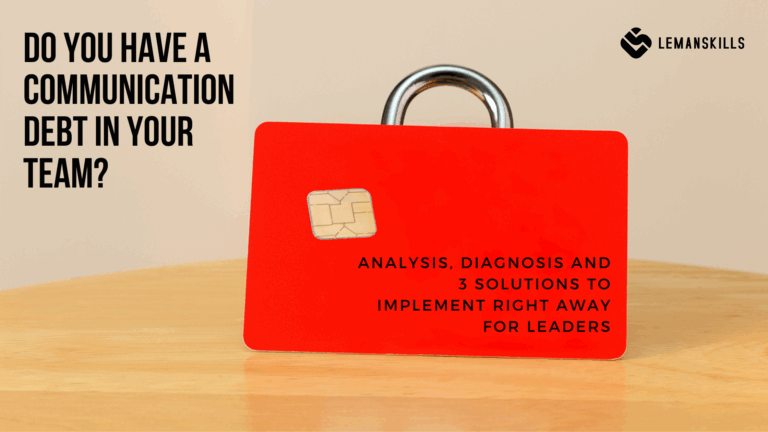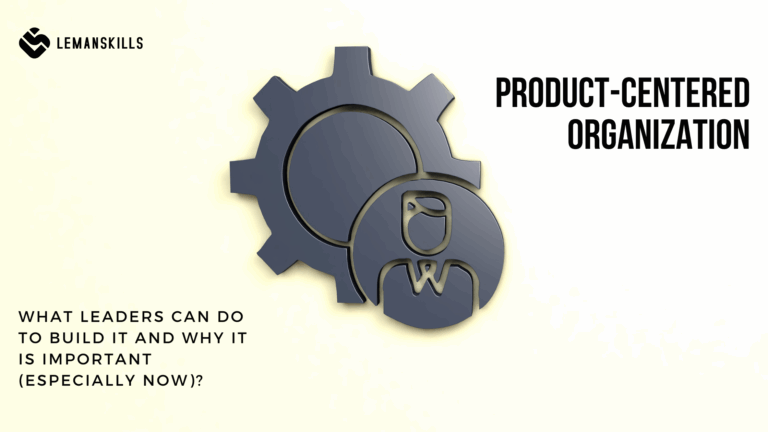You know what they say: It’s always lonely on the top.
Whatever the “top” means. Being in the board or executive team in the organization, a founder or co-founder of a startup, entrepreneur in overall. Being a top athlete, art creator, innovator of any kind. Visionary that no one really understand because their brain works in the modalities that are not available to most of the people.
There are even books, articles, podcast episodes that are saying that there’s a cost of being “on the top”: Loneliness and alone, hard journey.
But you know what? The last years of being an entrepreneur showed me that it’s bullshit. You don’t need to be alone, and I’ll go even further: You can’t be. Because it’s extremely hard to juggle all those hats and tasks we have on our lists to do it all on our own. Community can be the answer.
That’s why I’ve decided to start looking for people who can be with me on this journey. Here’s what I’ve discovered so far (because it’s still an unfinished project) that I believe can be helpful for you in hunting for a great community for yourself.
#1 Your family and friends usually aren’t the best option
If you have around you people who are your cheerleaders, they support you in your work-related decisions that’s great. Not a common thing, though: I am familiar with many experiences (my own and different people I worked with or be friends with in the past) that have quite the opposite ones. Here are few examples (quite nice one, since I know also more aggressive options):
- “You should be happy about what you have, why you need to change something?”
- “If you risk, you can lose what you’ve already have.”
- “Maybe it’s not the best idea, stay where you are and enjoy it.”
- “You’ve never done something like this before.”
If we think about it deeper, most of the time people don’t’ have bad intentions while saying that kind of things. They mean to protect us, reduce the risk of the failure, disappointment, loss. The truth is that most of those behaviours have a root cause in their own insecurities, fear and bad experiences from the past. Or sometimes unconscious jealousy: Because they’ve always wanted to do something like that, but they’ve never had enough courage or skills to do so.
That’s why quite often people that are the closest to us are not the best when it comes to our community. The only exception I see is that they are also experts in our field and they are extremely flexible when it comes to changing the hat that they’re wearing at the certain moment. Then they can be our spouse in one moment, and the other entrepreneur in the next one. But let’s be honest here: That’s a rare situation.
And it’s not about that they are bad people. They really aren’t. But we don’t need the second thoughts in our brains (more that we already have on our own). We don’t need second guessing our decisions, giving our brain more holes of fear to go into.
I’ve heard years ago this, and I stick to it ever since: “I don’t take business advice from people who never ran a business. I don’t take parental advice from people who don’t have kids. I don’t take relationship advice from people who can’t build a healthy relationship.” Finding a community outside of your closest circle can be so much better for you, and for your friends & family as well.
#2 Looking for community is not a weakness. It’s a strength.
For a very long time in my life, I had a strong belief that I need to do everything on my own. That I need to be strong, look for answers on my own, even if it takes a lot of time and effort. It was a pattern that I’ve got in my childhood, and it helped me in many situations, but in my middle 30s is not as useful as before anymore.
We all have patterns in our brains. Most of them are unconscious, printed in our wiring since we were kids. They were mechanisms that supposed to be the best solution to be worthy of love and attention of our caregivers. They answered the question: “Who do I need to be / How should I behave to “be worthy” of those who I crave the most?”
And I remember that situation from my childhood where I asked a question about something and I’ve got and answer: “Go and find it in the book on your own”. It doesn’t look angry or hurtful, but it put a seed in the small person’s brain that’s saying: You can’t reach out for help, you need to do everything on your own. Sounds familiar?
That’s why so many people are struggling with looking for a person, group of people or a bigger community that consists of like-minded people because they still have those beliefs that are not serving them anymore. There was a copying mechanism for a child we are not as adults. I know for me it was a journey and a healing process to go through, so my brain rewires into a new belief. There’s nothing wrong with reaching for support. I’ll go even further again: It’s a sign of strength, wisdom and an ability to use one’s resources the best possible way. Because from the rational and logical perspective we do know that if I ask somebody for something, there’s a bigger chance that I’ll resolve my problem faster. 80% of the problems I had in my past somebody else already experienced or they know somebody who did! So why wasting time and energy that we can reinvest in something else that creates more value?
#3 Put yourself in the rooms where there are people who have what you want to have
A couple of years back I was tired of being the smartest person in the room. I read a lot, learn all the time, listen to podcasts compulsively, now recording my own show. I teach what I learn, write articles, give keynote speeches. And I don’t’ say it to brag, I just want to say how much my passion to change the leadership and organizational world expand my brain.
I didn’t have in organizations I’ve joined anybody I can learned from. At least those things I wanted to learn (I’m not saying people weren’t competent in SOME areas). So, I’ve moved to another, then another one but something was still missing.
Then I’ve decided to build my own company, and it showed me the whole new world: Entrepreneurship. Suddenly, I needed to wear 10 new hats I’ve never had on myself before and it was a shock to my body at first. A person adapts to anything but it’s not as easy as it looks like from the outside.
Learning how to be an entrepreneur taught me (so far) that I need to be in the rooms with people who are successful in what I want to achieve. Because if I am only in the circles with people who are beginning or are on the same level as I am, I listen to my stories, problems, struggles all the time. And I’ve discovered that’s exhausting and draining from the energy and inspiration I need to go into the next level.
Sure, being in the rooms and talking with people who are smarter, more successful, who already build a bigger business is uncomfortable. But asking them questions, talking to them, listening to their stories and how they make decisions is how I learn. Even if it’s super uncomfortable and if I feel extremely tiny in compared to what they’ve achieved. But I also realised that it’s unreasonable to compare my situation to theirs: My level 5 to their level 500 in this game. It’s going to be frustrating, and I can lose faith and momentum with what I do. But I can learn from them and community that is around them to not make stupid mistakes, just because I’m not in proximity to those stories.
#4 Energy is a real resource
I am a very energetic person. A lot of people that come to my speeches, workshops or joining 1:1 mentoring processes are saying: “Alex, where you have all this energy from, that’s amazing?!” I believe that energy is a strong power. If we are low in energy, we talk and walk like we want to die, it’s the clear sign to the universe that we gave up. And let’s be honest here: People don’t want to be surrounded by energy vampires. Unconsciously we are more willing to spend time, do business or learn from people who have a good energy, not those who are walking corps.
This is what I learned as well: Look for communities where there are people with good energy and they want to do things. We all have bad days or periods, sure. But if there are people who whine all the time, who are blaming everything and everybody for what happens to them, not looking for solutions or opportunities, only seeing problems and constraints… I’m out.
I do so many things to keep my energy up: feeding my brain with good content, not watching TV, reading news or scrolling social media; moving my body every day, doing my best on feeding my body with good foods; being wise when it comes to choosing who I spend my time with (in person and in virtual contact), sleeping well. I invest so much energy in all of those that I really don’t want to waste it on the community where there’s negativity, and people are meeting only to gather around what doesn’t work or how bad their current boss or organization is.
The bottom line
People are important. Even if you have a personality base that prefers to be alone or in 1:1 setup, you don’t want to be alone all the time. We need smart people around, those whom we can bounce thoughts, ask for opinion or feelings on a certain idea. Those whose genius zone is where we don’t have a lot of skills (yet!), and that can give us a solution we can tailor to our needs and use.
But it’s not just any people we need. We need those who can give us value, good energy and who can feed our growth mindset even more. Who will show us a different angle of a certain situation, sometimes hug, sometimes slap in the face when we need it. Look for a community that will cover those needs. There are there, all around the world that is wide open. We don’t need to be alone.
We just need to start looking better.




